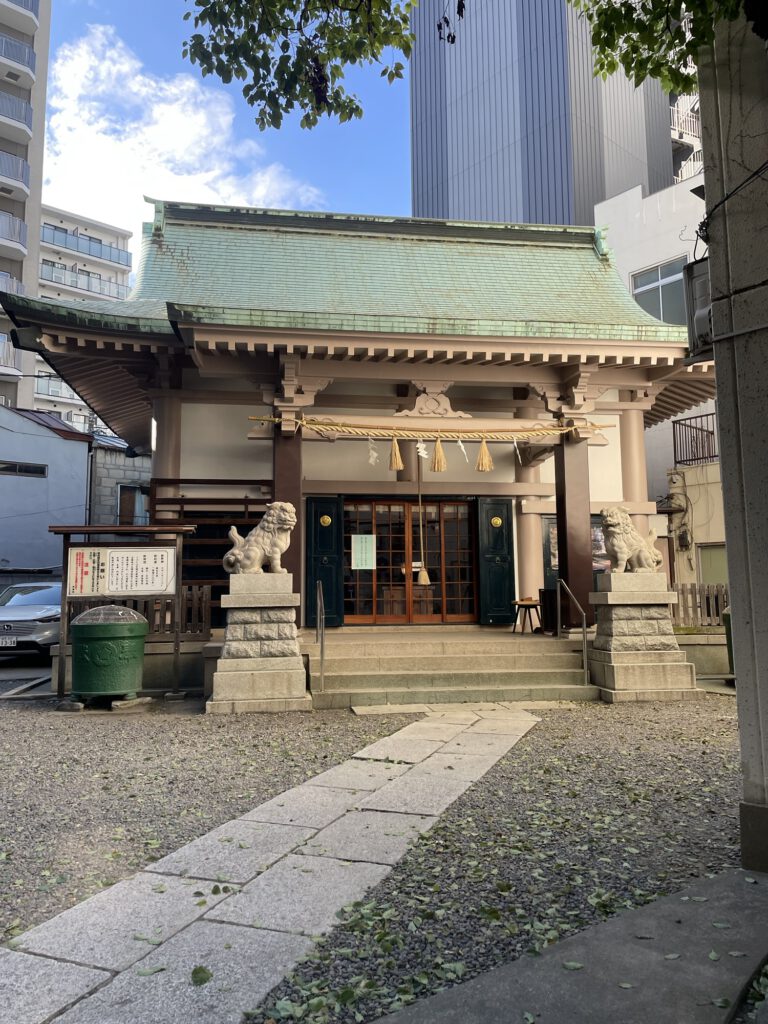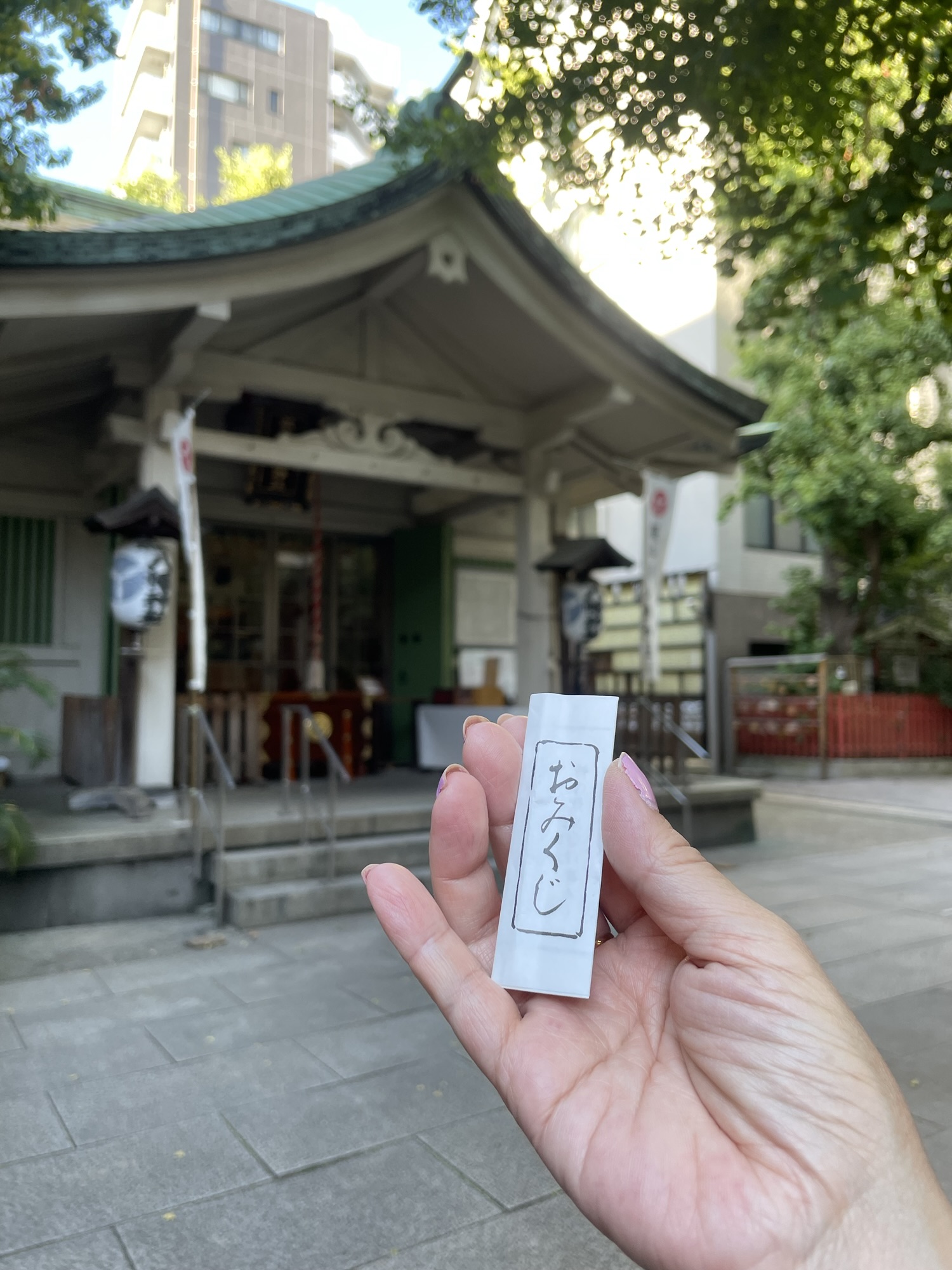
Tokyo greeted me with jet lag, endless crosswalks, and something I didn’t expect — quiet little pockets of peace tucked between the chaos.
I stumbled upon my first Shinto shrine almost by accident. Just a few blocks from convenience stores and neon signs, it stood there quietly: a torii gate, some weathered stone steps, the soft rustle of leaves. It didn’t feel touristy or staged — just real. Grounded. Sacred.
And that’s exactly what I needed.
What is a Shinto Shrine?
In Japan, Shinto shrines (神社 / jinja) are places where people go to connect with the spiritual world — not in a preachy or formal way, but in a very open, human way. Shinto is the indigenous religion of Japan, and it’s all about nature, harmony, and spirits called kami.
At the entrance, you’ll see the iconic torii gate — a symbolic line between the everyday world and the spiritual one. Inside, you might hear the clap of hands, see a few bowing visitors, or even spot locals doing casual morning prayers on their way to work.
What surprised me most? How approachable it all felt. You don’t need to know the rituals perfectly. Just being respectful and present is enough.

Trying Omikuji — The Fortune Lottery

Next to a small wooden offering box, I saw it: a row of tiny drawers and a set of instructions in both Japanese and English. That’s when I met omikuji (おみくじ) — my new favorite ritual.
Here’s how it works:
Drop a coin (usually 100 yen).
Shake a wooden box to draw a numbered stick.
Match it to a drawer and pull out your fortune paper.
Read your fate — and try not to take it too seriously
Guess what? I pulled 大吉 — Daikichi — Great Luck.
Apparently, this means I’m in for:
- Success in goals
- Love going smoothly
- Travel being blessed
- And just good energy all aroundI kept the little fortune slip and tucked it into my phone case.
If your fortune’s not so lucky, don’t stress — there’s usually a place nearby to tie the paper onto a rack or tree, letting the bad luck “stay” at the shrine. And if it’s a good one? You keep it as a little charm.

 Why It Meant Something
Why It Meant Something
I wasn’t expecting to feel anything, really. But there was something about standing there — exhausted, surrounded by strangers and sacred silence — that hit different.
The shrines aren’t just for tourists or pilgrims. They’re for anyone who needs a moment to pause, reflect, or hope for something. In a city that moves so fast, these small spaces remind you to slow down.
 Thoughts
Thoughts
I didn’t plan to visit a shrine that day. I just wandered, and it found me.
And sometimes, that’s the best way to travel.
If you ever find yourself in Japan, don’t skip the shrines just because they’re quiet or small or not Instagram-famous. Go in. Wash your hands. Say a little wish. Shake the omikuji box and see what fate has to say.

